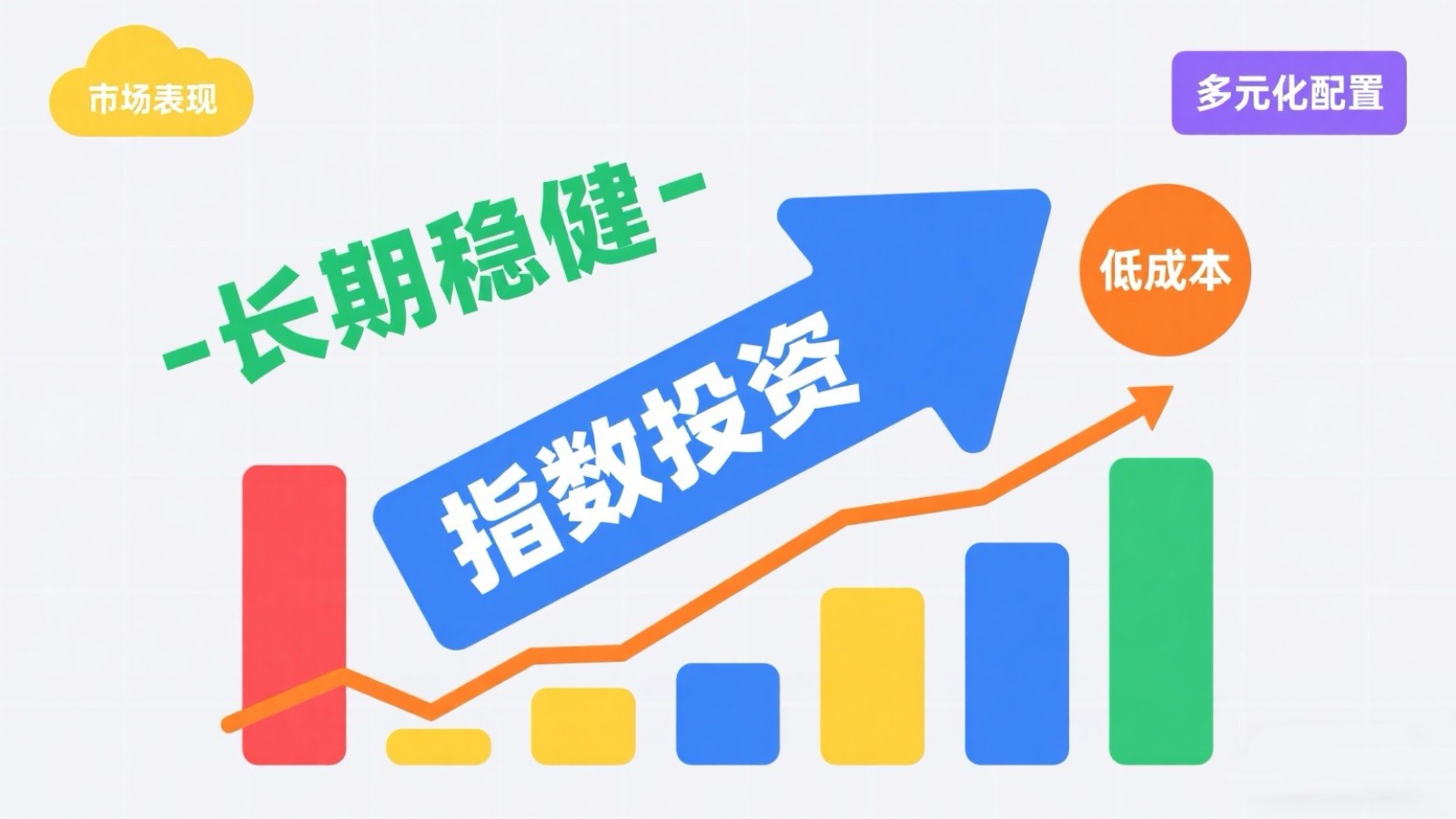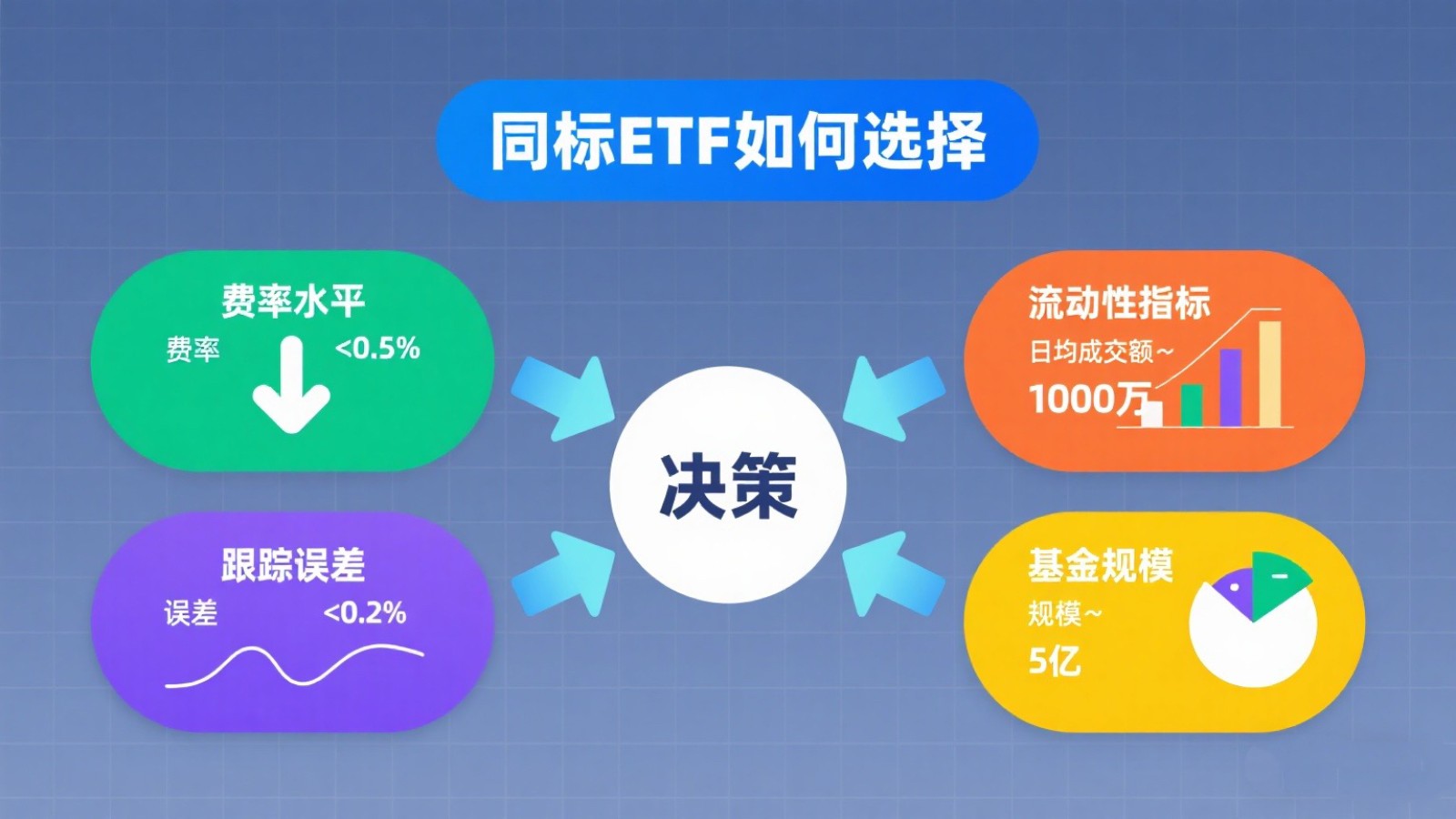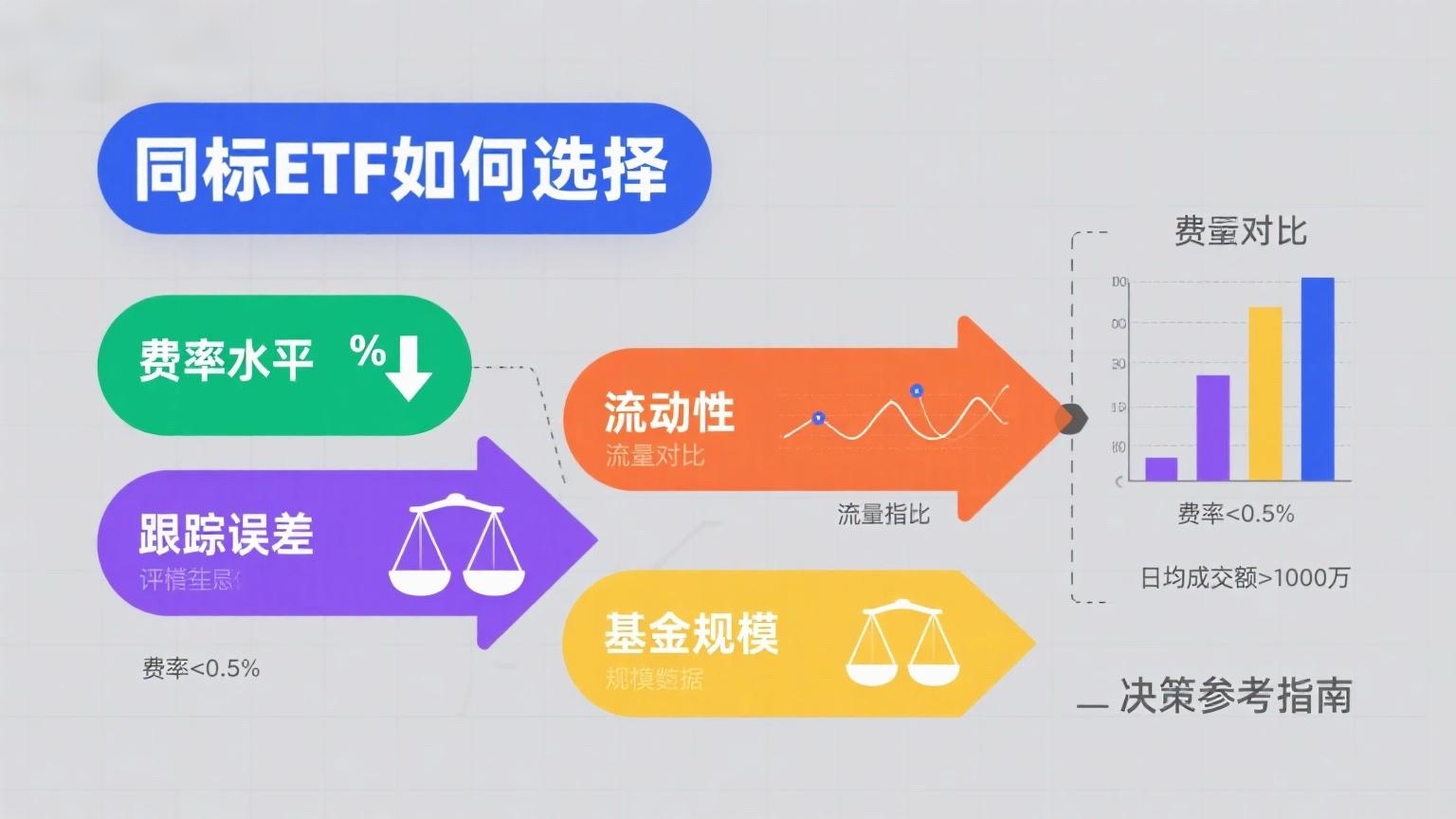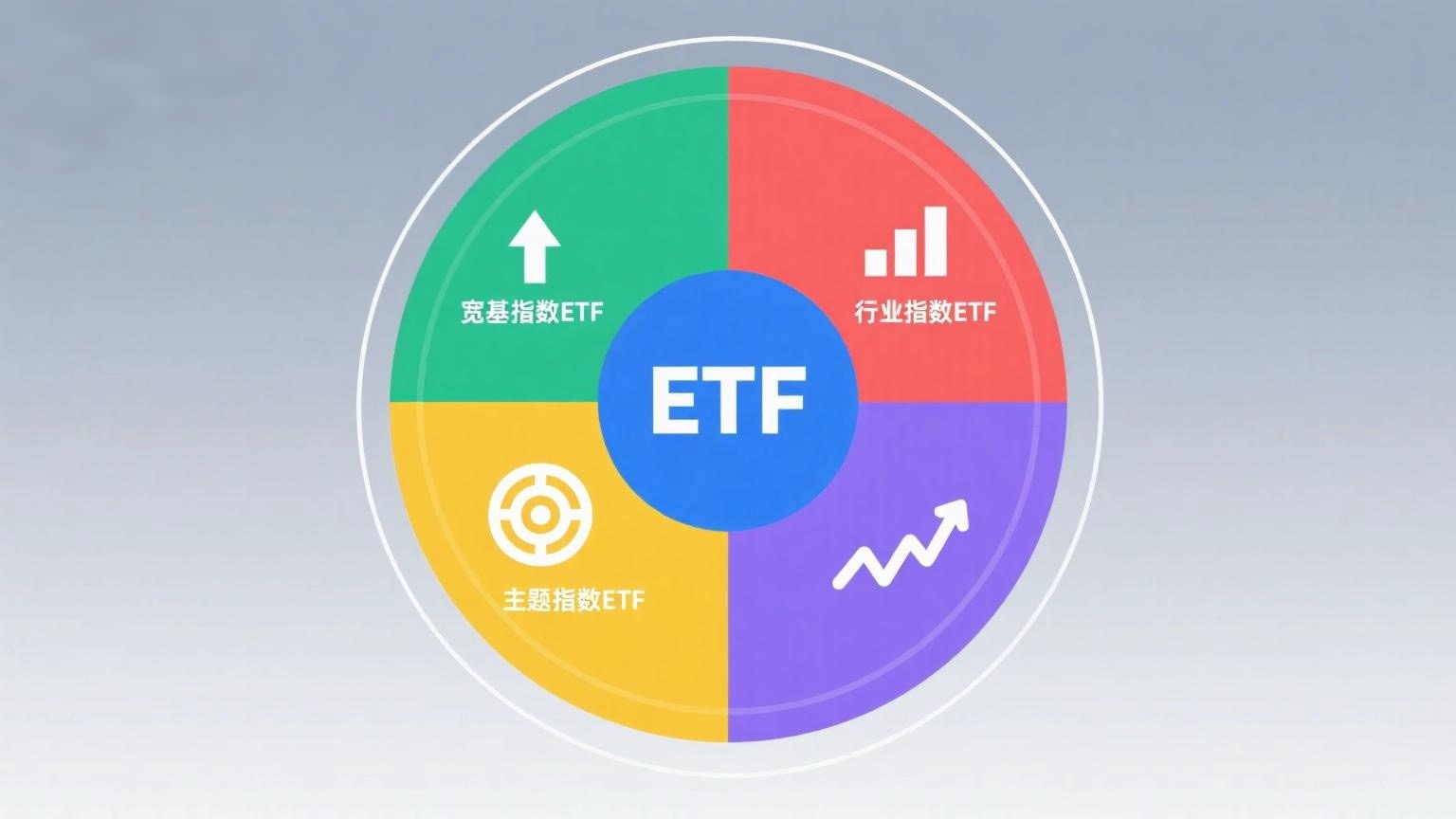
How Does Buffett Utilize Snowball Products?
Nowadays, snowball products are experiencing widespread liquidation, leading many to label them as "pig-butchering scams" deliberately designed by brokers to exploit retail investors. However, this is not the case—brokers also hope for a rising stock market, as it benefits everyone. The current situation is not their original intention.
A snowball product is essentially a put option. Those familiar with Warren Buffett and Duan Yongping’s trading strategies know that their secret to making money lies in options. However, China’s domestic options market is limited, with short durations and low yields. Snowball products fill this gap by offering longer terms and higher returns, making them an excellent investment—if used correctly.
Suppose at the beginning of 2022, you had ¥100 million to invest in the stock market, but stocks were at a high, posing significant risks. What would you do? Most people would buy stocks outright, but a seasoned investor like Buffett would never do that. Instead, he would allocate ¥10 million to leveraged snowball products and invest the remaining ¥90 million in capital-preserving instruments like reverse repo bonds. As long as the market doesn’t crash continuously, the snowball product would generate ¥2.5 million in annual interest.
If the market crashes, the ¥10 million snowball investment would be wiped out, but Buffett still has ¥90 million left to buy stocks at lower prices—no real loss. Whether the market rises or falls, there’s a strategy, which is what serious investing looks like. Some might argue that losing ¥10 million on snowball products is a bad deal, but consider this: If you had invested the entire ¥100 million in stocks, the loss over two years could be ¥30-40 million, not just ¥10 million. Anyone who has traded options understands this logic—it’s like spending a small amount on insurance to avoid missing out.
The principle is: I hope the market falls, so I pay the broker a fee to enter a bet. If the market drops to a certain level, I forfeit the money; if it doesn’t, the broker pays me annual interest.
A similar strategy in stock trading is intentionally buying into a dip—if you like a stock, buy a small position first (e.g., a few hundred shares). If it rises, you profit; if it falls, you gradually increase your position. This way, you’re protected against both scenarios. The small initial investment hedges against missing a rally, but the real goal is hoping for a drop to deploy more funds at lower prices. Most investors lack this mindset. If brokers explained, "Snowballs are put options, a hedging strategy," customers wouldn’t understand or accept it.
To attract clients, brokers market snowball products as "25% annualized return investments." Many trust brokers, seeing them as low-risk, and the 25% yield is enticing—so they invest heavily, only to face liquidation. A little critical thinking reveals the flaw: If a 25% return were truly risk-free, would brokers even offer it to outsiders? Their employees would have already borrowed heavily to buy them!
In conclusion, these products aren’t inherently flawed—they exist worldwide. Duan Yongping often shares his options trading insights. The key is understanding the risks before investing: How does the counterparty profit? Once you know the risks, you can avoid them. If you don’t understand, don’t participate—you can’t earn money beyond your comprehension.
















